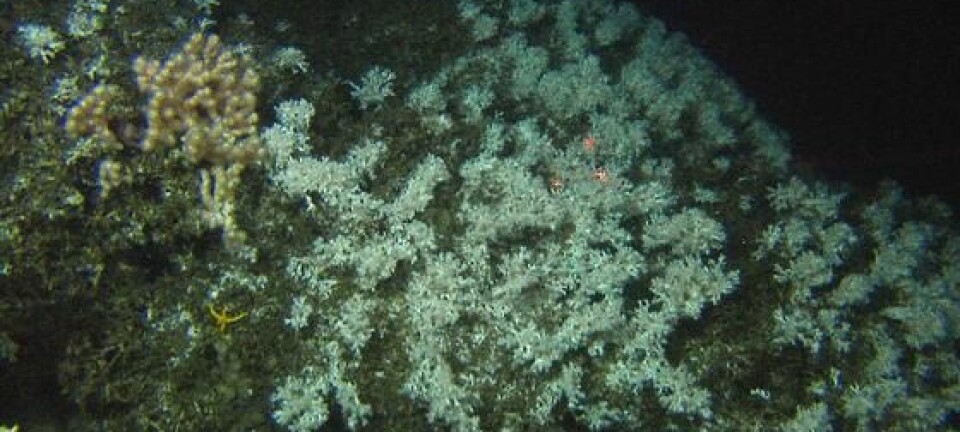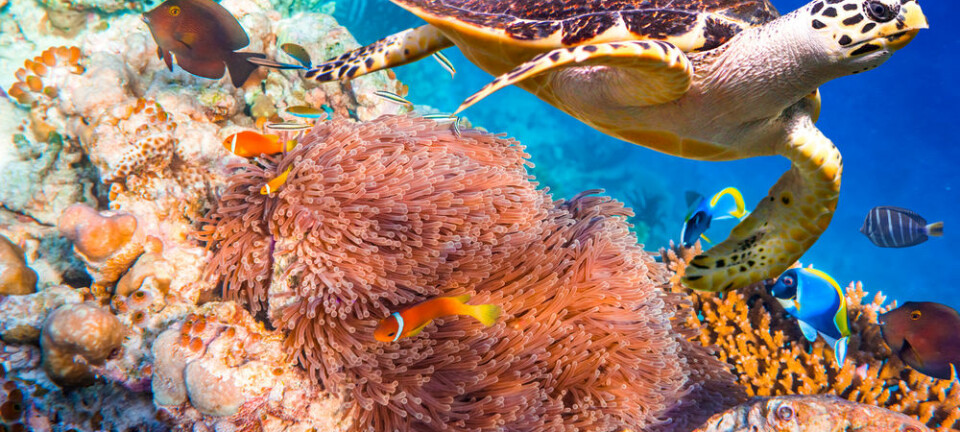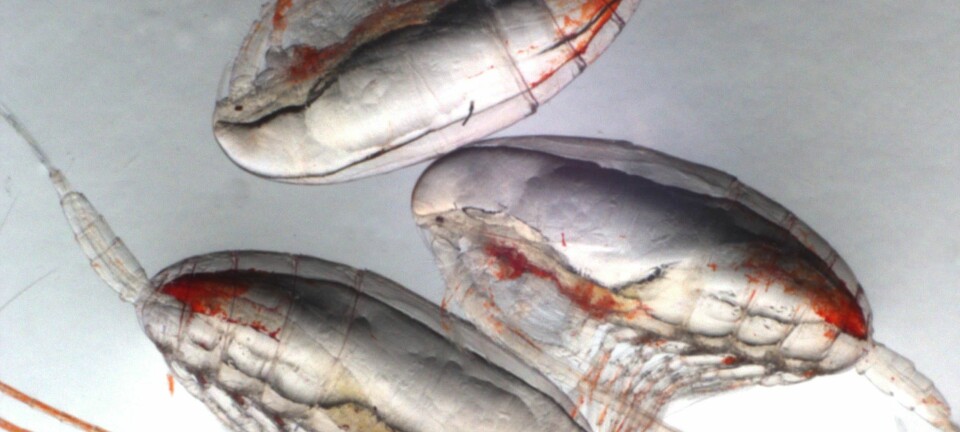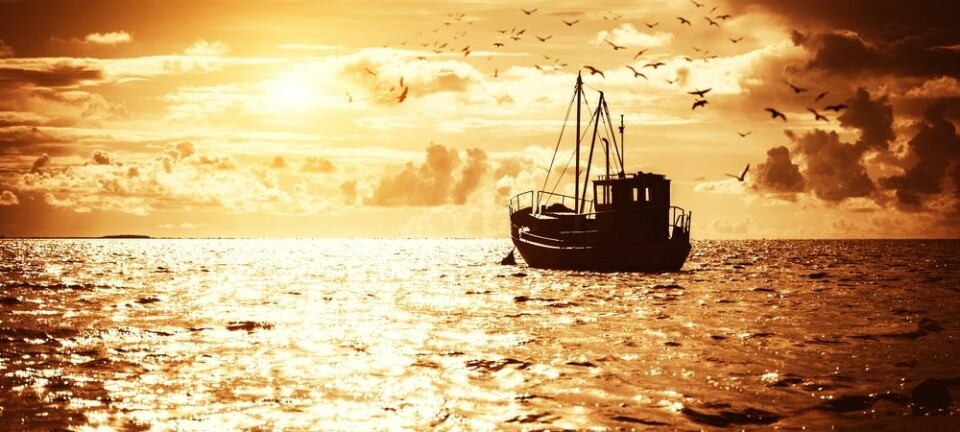
Greenland could be home to several coral reefs
GREENLAND: Four years ago Canadian researchers stumbled upon a coral reef off the coast of southern Greenland. Scientists now believe that it could be one of many.
In 2012, a group of Canadian oceanographers were in the middle of a routine oceanographic survey when they noticed something strange attached to one of their water meters.
It turned out to be a type of button coral, lophelia pertusa, which normally grow on coral reefs--but there was just one problem: there were no known coral reefs in Greenland. The Canadian scientists had accidentally stumbled upon one.
And now scientists have returned to the reef to investigate further. It turns out, that the coral reef is almost certainly not the only one in the area.
“We’re absolutely certain that we’ll find more coral reefs in the warm currents that these corals were found in,” says co-author Helle Jørgensbye, a Ph.D. student from the Technical University of Denmark (DTU) Aqua.
The results were recently published in the scientific journal Polar Biology.
Greenland’s reef explains coral migration
The Greenland coral looks like a cross between the reefs found in Norway and those in California, and studying it could tell the scientists something about how this type of reef was able to spread throughout the Pacific and the Atlantic.
“It was a bit of a sensation when the coral was found, because we recognised the button coral from Norway and Iceland and off the Californian coast and [this one] seemed to sit in the middle. Perhaps it’s a stepping stone between these two populations,” says Jørgensbye.
Cold-water corals, otherwise known as deep sea corals, prefer to live in deeper, colder waters than their colourful tropical relatives.
“You can’t just pop down for a look with you snorkel and mask,” says Jørgensbye.
In the new study, Jørgensbye and colleagues carried out additional tests on the coral samples collected in 2012. They took underwater photos of the corals and collected lots of data on water temperature to investigate the coral conditions.
Still do not know how common such habitats are
It is an exciting discovery, says Martin Blicher from the Greenland Institute of Natural Resources, Nuuk.
Blicher studies the effects of climate change on marine ecology around Greenland. He was not involved in the new study.
“It’s interesting that we’re observing corals in Greenland for the first time. It means that we can widen the boundary limits for this species,” says Blicher.
He agrees with Jørgensbye that there are probably many more reefs along the Greenlandic coast. But it is difficult to know exactly how many, he says.
“We can now say with one hundred per cent certainty that button coral is found in Greenland and that it exists in a species-rich habitat with both animal sponges and other coral species,” says Blicher.
“But we’ve only studied a very small amount of the total Greenlandic seabed, and without actually mapping the seabed, it’s unclear whether this is an actual reef," he says.
-----------
Read the Danish version of this story on Videnskab.dk
Translated by: Catherine Jex











